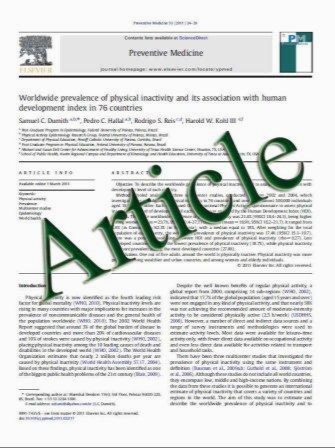The standardized exposure index for digital radiography: an opportunity for optimization of radiation dose to the pediatric population
- نوع فایل : کتاب
- زبان : انگلیسی
- مؤلف : J. Anthony Seibert & Richard L. Morin
- چاپ و سال / کشور: 2010
Description
The exposure index is currently a method by which digital radiography manufacturers provide feedback to the technologist regarding the estimated exposure on the detector, as a surrogate for image signal-to-noise ratio and an indirect indication of digital image quality. Unfortunately, there are as many exposure index values and methods as there are manufacturers, and in an environment with multiple vendors and a need to share data across institutions and dose registry databases, the situation is complicated. Fortunately, a new exposure index of digital X-ray imaging systems has been implemented. Developed concurrently by the International Electrotechnical Commission and the American Association of Physicists in Medicine in cooperation with digital radiography system manufacturers, the index has been implemented as an international standard. As explained, the exposure index does not indicate patient dose but rather a linearly proportional estimate of the incident radiation exposure to the detector. However, the use of the standardized exposure index and its associated target exposure index and deviation index values will likely lead to improved technologist performance in terms of uniformity and use of optimized radiographic techniques, leading to safer care of children needing radiographic examinations. Radiologists will benefit from standardized terminology, and institutions and clinics will be able to compare exposure index values with others through a national dose index registry database now under development. The Alliance for Radiation Safety in Pediatric Imaging, in its role as a benefactor of and advocate for the pediatric patient, is using the Image Gently campaign to disseminate information regarding the exposure index standard for digital radiography so that these benefits can be achieved in a rapid and effective manner.
Pediatr Radiol (2011) 41:573–581 DOI 10.1007/s00247-010-1954-6 Received: 9 July 2010 / Revised: 30 July 2010 / Accepted: 4 October 2010


